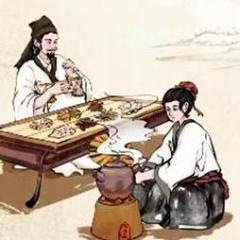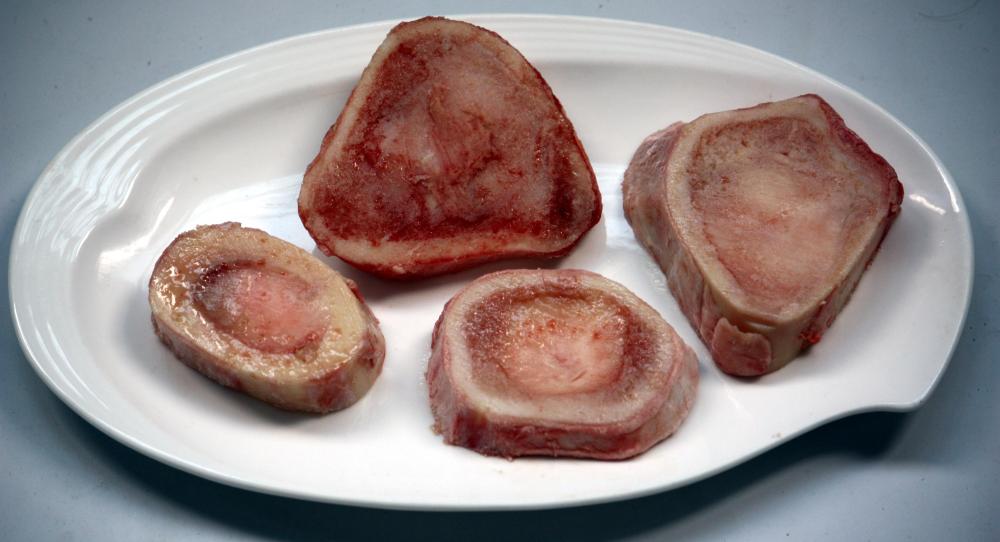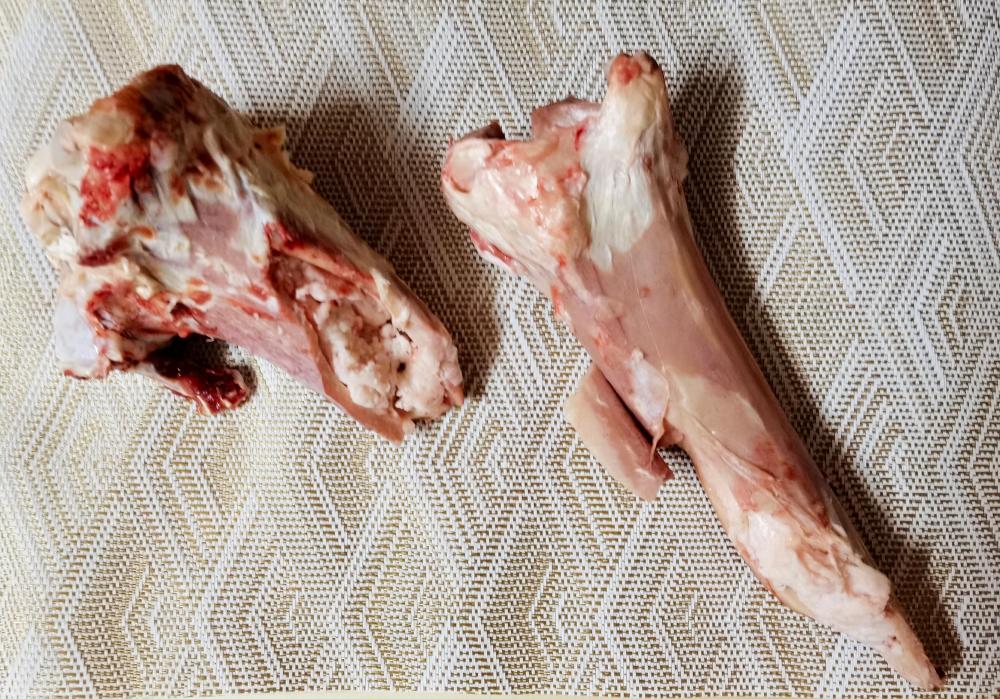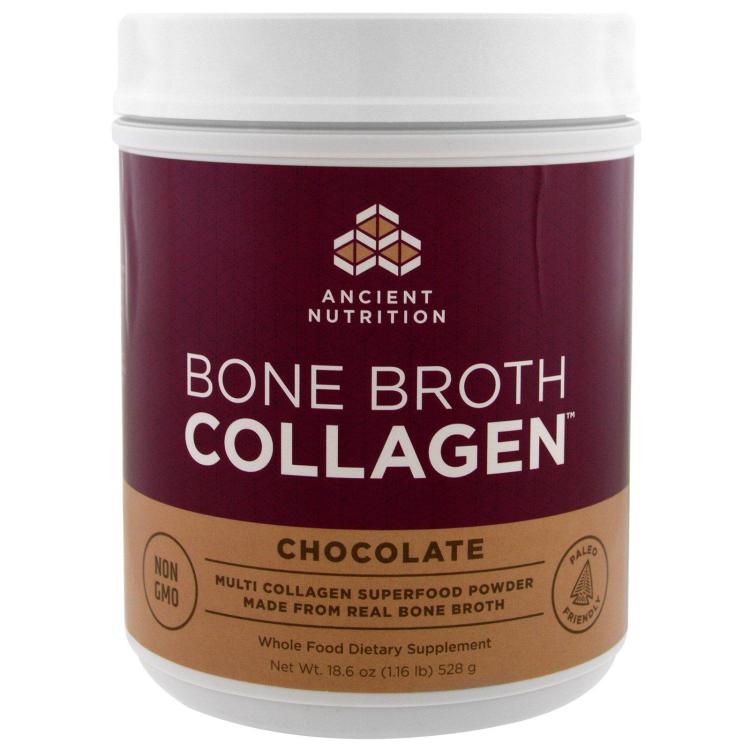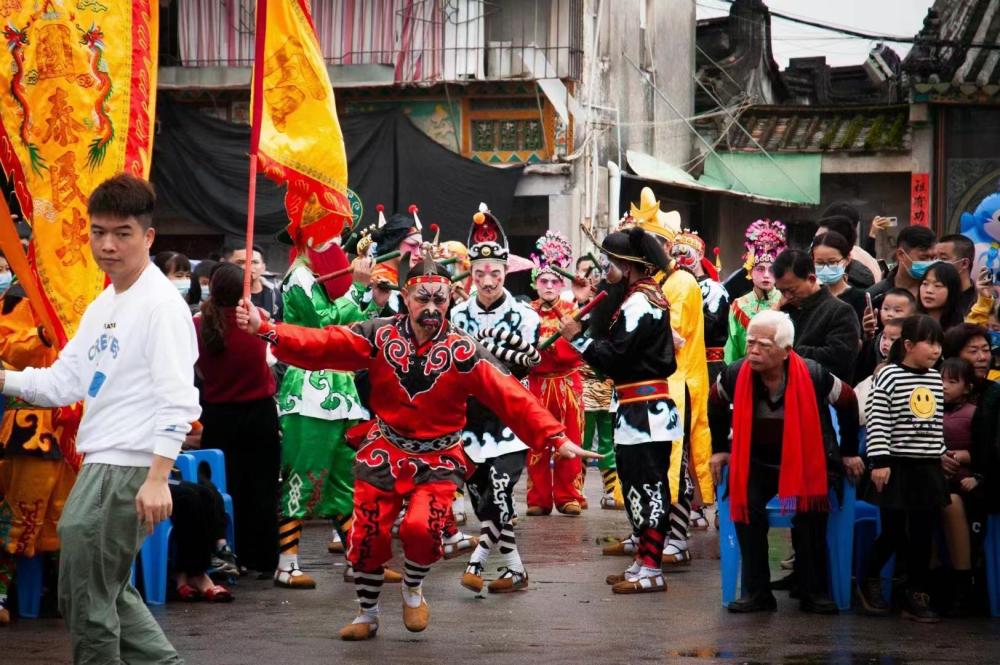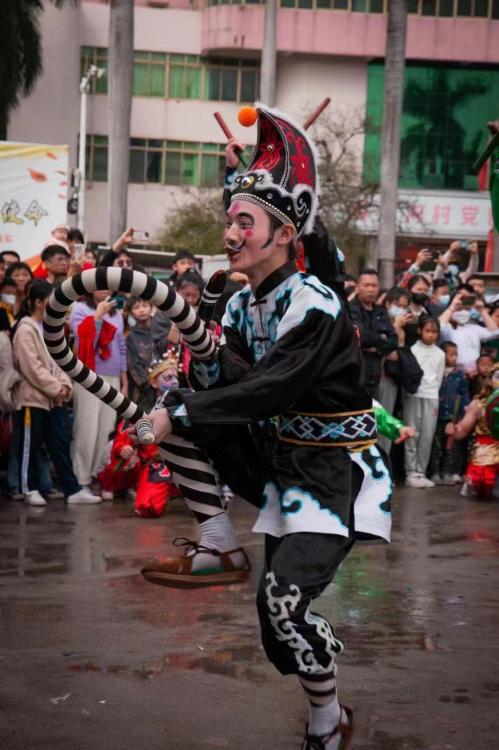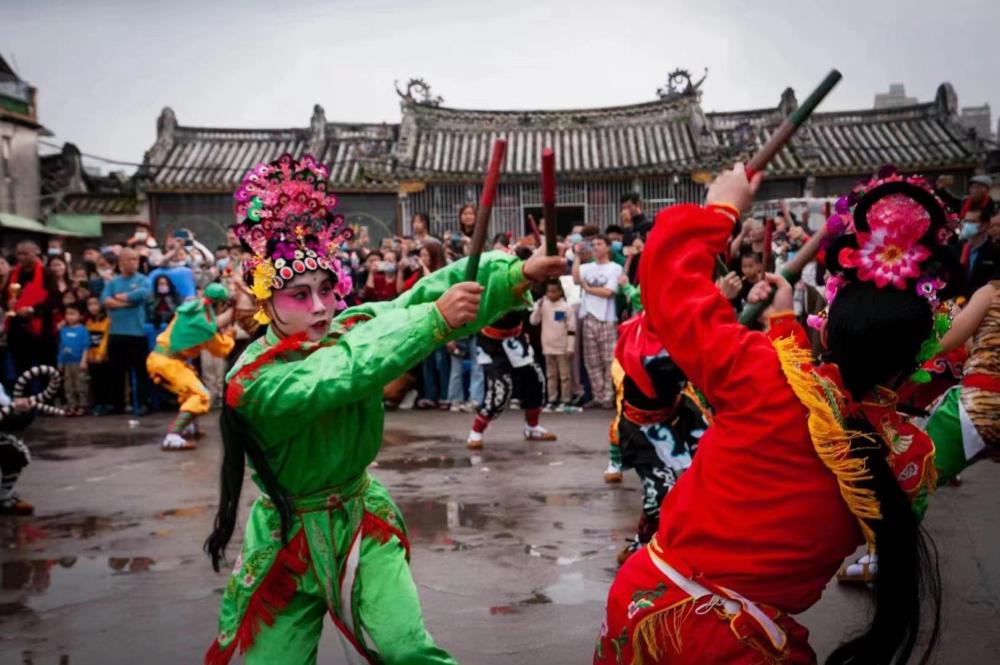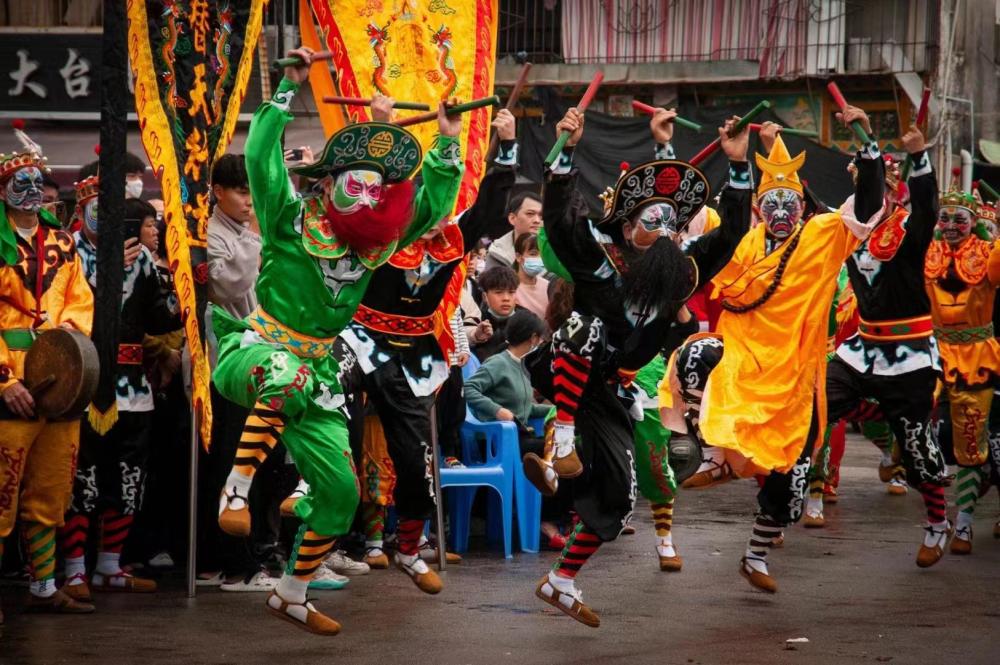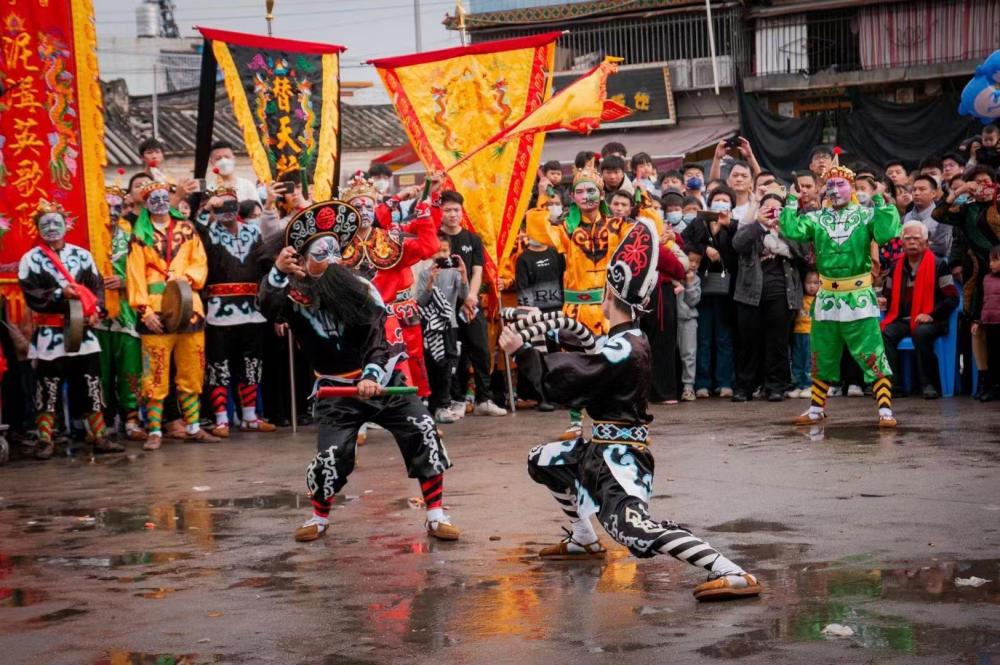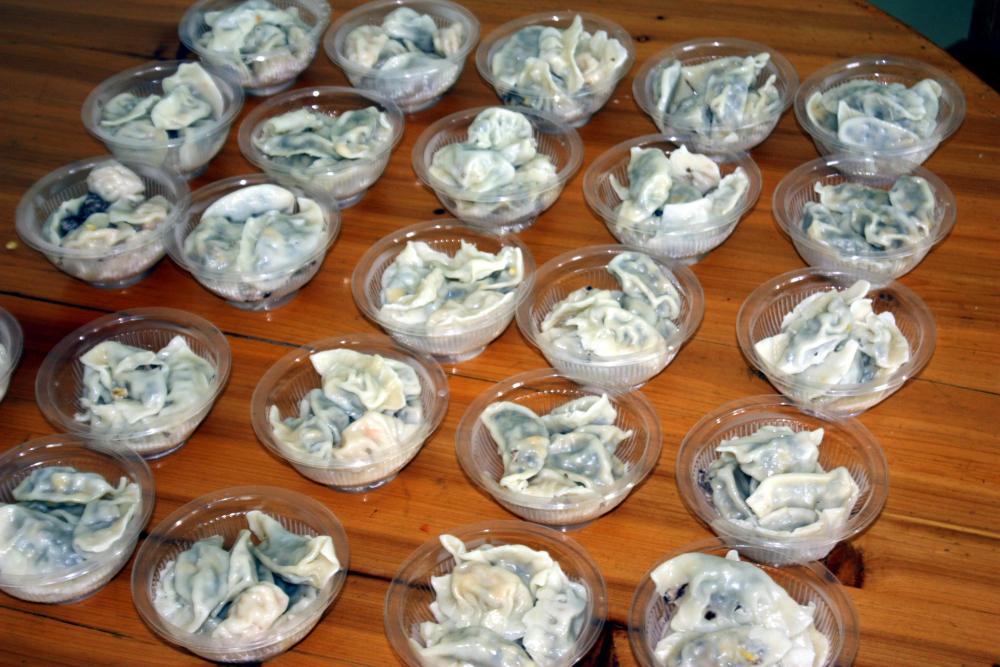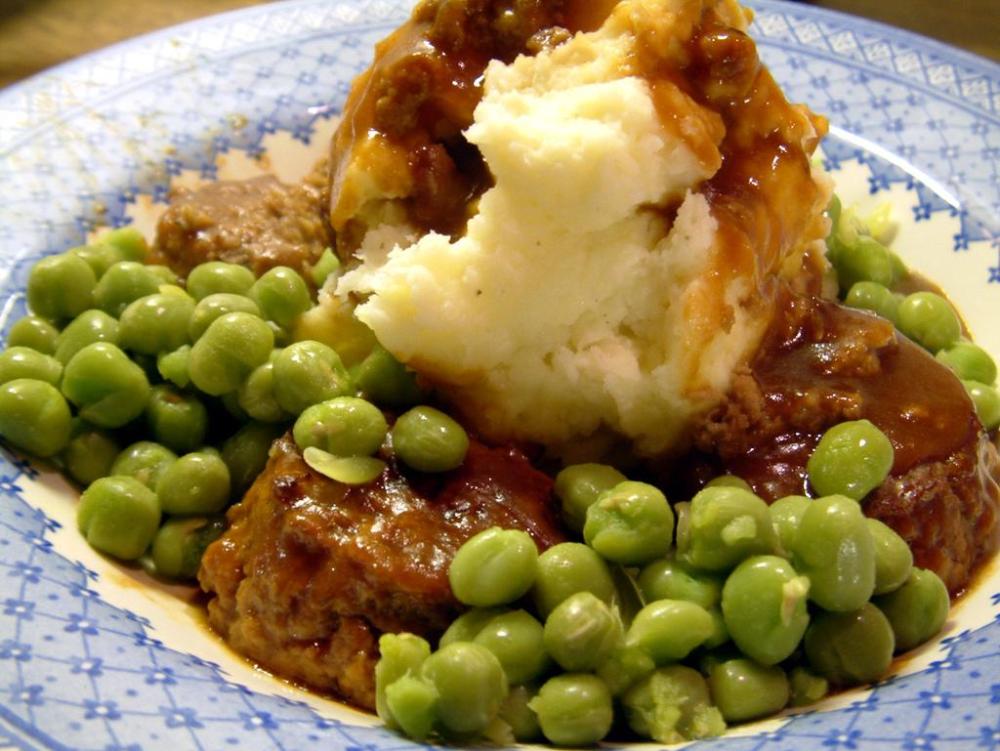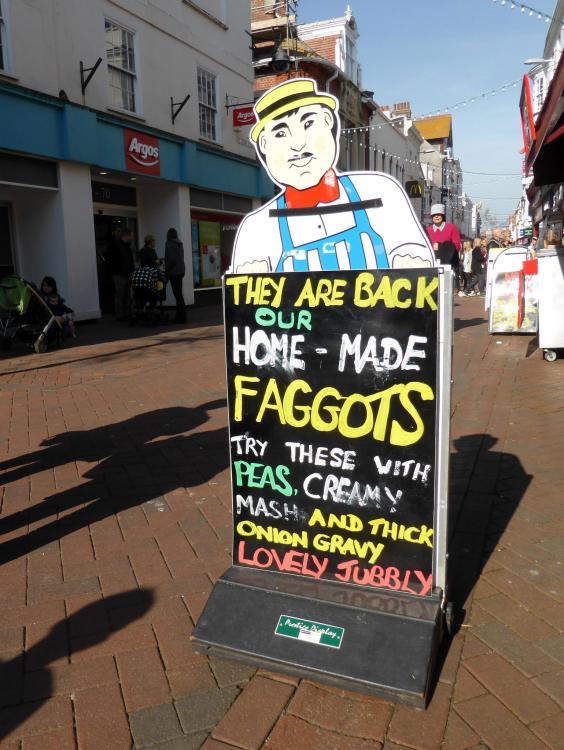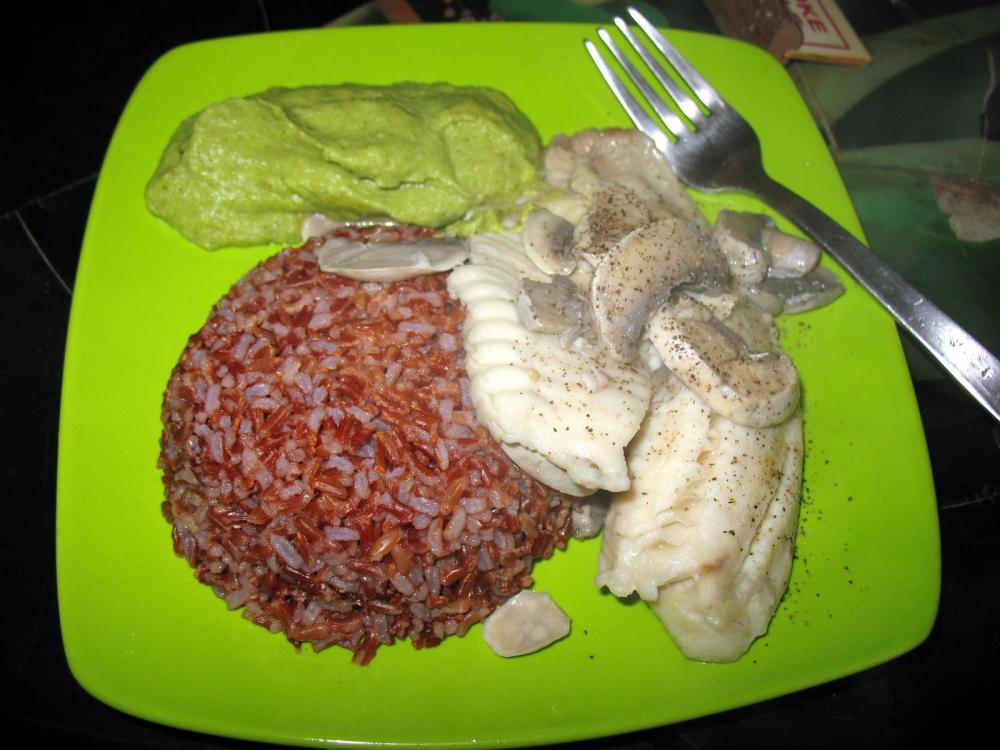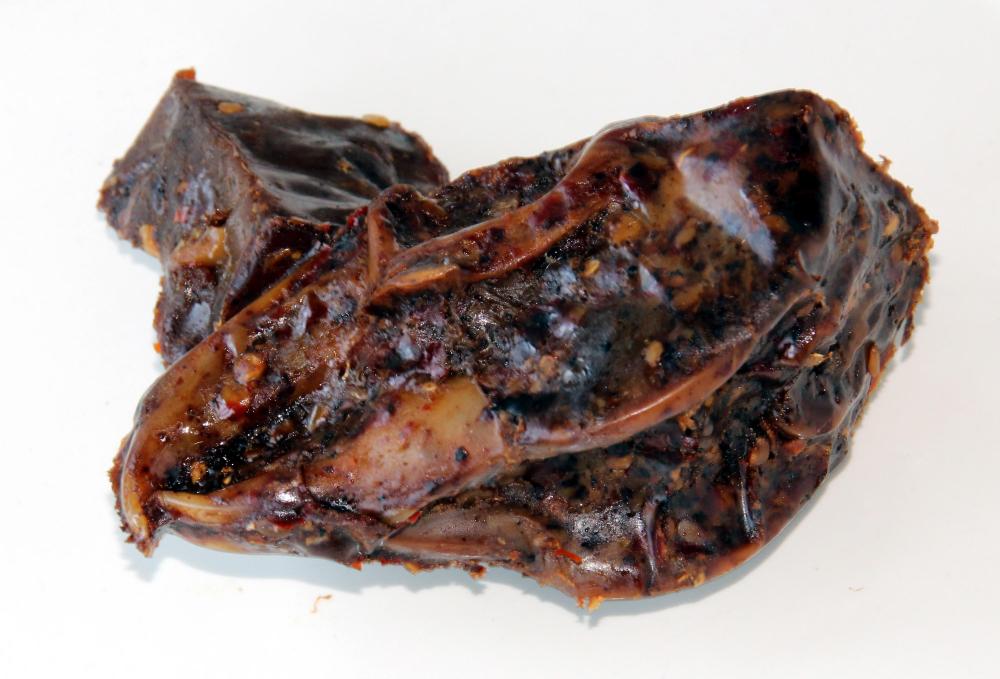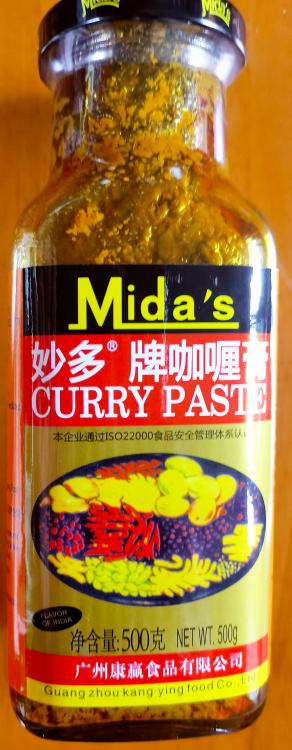-
Posts
16,674 -
Joined
-
Last visited
Content Type
Profiles
Forums
Store
Help Articles
Everything posted by liuzhou
-
The body, human or otherwise, is generally well evolved. We have skin to hold all our bits in and a structure to make sure all the bits stay in roughly the right place, hung as they are on a support mechanism which we call the bones or, en masse, the skeleton. Bones have been used as a food source for millennia. Archaeological evidence indicates that bones were consumed prehistorically. In the last few years, thanks to a Dr. Kellyann Petrucci, known in the food fad family as Dr. Kellyann, the “wellness” scam industry has lain claim to this ancient heritage with every keto and paleo nut proclaiming the benefits of “bone broth”. Now, probably like you, I make stocks from bones – provided they have some meat on them. That’s where the flavour is. Bare bones are “a composite of collagen and the hard mineral calcium phosphate”. Not a lot of flavour in there. But the “health” freaks claim all sorts of benefits from consuming bone broth. Maybe I’ve got this wrong, but the keto diet is meant to be relatively low-protein, no? Yet collagen is a protein. The paleo pranksters are correct in that cavemen ate bones. However, I’m not convinced that emulating cavemen’s culinary choice is the way forward. They had little choice. Much of what I have already mentioned in this topic is all or partly about collagen, usually in animal parts those people wouldn’t eat. Now that same doctor has a successful business in America, selling powdered stock (bouillon powder, really) to the gullible. But you’ll be delighted to know it is available in chocolate or vanilla flavours. The internet is full of contradictory articles stating both that bone broth will save your life and will probably kill you. One joker, claiming to be a medic even goes so far as to suggest that the popular Japanese dish とんかつ, tonkatsu translates into English as ‘pork bone broth’. I trust him! To be wrong. It’s a pork cutlet. Which brings me to what’s inside, but not part of the bones as such. The marrow. Beef, veal and pork marrow are the most usual, but all animal bones, including ours contain it. This is where our blood cells are manufactured. They come in handy. Following the rise of Fergus Henderson and his wonderful, internationally famous London restaurant, St John twenty years ago, roasted bone marrow with parsley salad has become a classic, unfortunately raising the price of bones generally. Mr Henderson uses veal bones as described by the man himself, here. I’ll buy that! Oh. I have done. Bone marrow (and gnawing bones in general) is popular here in the land of the rice eaters, too. Known as 髓骨 (suǐ gǔ), marrowbones are sucked and chewed here with equal relish. I usually eat 骨髓 (gǔ suǐ), bone marrow in 哈尔滨饺子王 (hā ěr bīn jiǎo zi wáng), "Harbin Jiaozi King" restaurant where they are served with a side of plastic gloves, but no parsley salad. They are, you won’t be surprised to learn pork bones.
-
Green bell peppers contributing flavour? Can I interest you in a broken bridge? Only one previous owner,
-
Yes. They were simply filled with minced pork and cabbage and the dipping sauce was 50:50 soy sauce and black vinegar with chopped Chinese chives.
-
I did warn you in the first post!
-
That seems likely. I don't know about the chicken, but that description sounds more North American than anything Vietnamese. I've never come across anything called "Cornish hens" in Vietnam. Also, cơm đỏ doesn't mean Vietnamese tomato rice. It simply means 'red rice' as I pictured a couple of posts back.
-
What is known in western countries as Chinese New Year is never called that in China. Instead it is called 春节 (chūn jié) or "Spring Festival". This lasts 15 day, starting on NewYear's Day and ending with the Lantern Festival. Each of the first ten days have some special significance as does the 15th. The 5th day, Thursday was 破五 (pò wǔ) which is dedicated to the God Of Wealth on his birthday. This is the day to eat jiaozi (饺子) and observe some Taoist practices. Here are some pictures from this year's po wu.
-
This one may get me into trouble, but the name of this offal dish is not awful. It is simply an unfortunate homonym and the meaning we want is older than the offensive meaning. Such is the confusion that Facebook took offence and disabled the accounts of users in the UK who were innocently referring to the dish. Their accounts were later restored. American tourists have been prosecuted for criminal damage after taking offence at signs advertising the dish and tearing them down. Image by duncan cumming, licensed under Attribution-NonCommercial 2.0 Generic (CC BY-NC 2.0) These are a type of meatball made in central England (the Midlands) and Wales. The word first appeared in print with this meaning in 1851 (see quotation below). The homophobic slur did not appear until 1914 and then in the USA. Faggots and gravy with mash and peas Image licensed under the Creative Commons Attribution-Share Alike 3.0 Unported license. Faggots (or less often, fagots, the original French spelling) are meatballs traditionally made from belly pork mixed with the pig’s liver, lights, spleen, and heart wrapped in pig’s caul, a fatty net-like membrane from around the animal’s intestines (ask your friendly local butcher or, at a pinch, substitute bacon), then traditionally baked. The caul melts away, but leaves flavour behind. They are usually served with mashed potatoes, peas and onion gravy. Although they have been around for longer, faggots became popular during World War One during food shortages. They have been out of fashion for a long time, but are now making a comeback with independent butchers and supermarkets selling them and adventurous restaurant chefs serving them. They are also often made at home. Here is a video showing a traditional recipe. Today, it is normal to see faggots only made using the liver as offal. Boo! Hiss! Here, reluctantly, I post a liver only recipe from the BBC. Shame on them.
-
I live just north of Vietnam and most supermarkets here carry red rice, as do stores in Vietnam. It is just a type of regular long grain rice and can be used in the same manner. It is similar to Camargue red rice. No artificial colouring or tomato involved. Uncooked red rice Here is the cooked rice. Here with pan-fried sea bream and spinach purée.
-
I know some people here have sampled head-cheese🇺🇸 or brawn / souse🇬🇧 because it featured a lot in the eG Cook-Off #89: Pâtés and Terrines and the Do your food preferences make you an outcast in your own family or ethnic group? topics. Traditional scrapple🇺🇸 is much the same, but today is often made without the offal. If you need more information on this delicacy, see here. This is mainly meat from the head of beef or pork animals, but can also contain heart and ears. It does also contain a lot of collagen which makes the jelly the meat is suspended in. Sometimes the feet are added to raise the collagen levels. Versions of this treat are made all over the world. Here in China, it’s not so common but exists as 头肉香肠 (tóu ròu xiāng cháng), always from pork. But what about other food animals? Mala Rabbit Head - 麻辣兔头 Well, in Sichuan, especially in the capital Chengdu, China the beer food of choice is 麻辣兔头 (má là tù tóu), hot and numbing rabbit head. This is a braised rabbit head with all the key Sichuan flavourings: chilli and Sichuan peppercorn in particular. Something to munch on while drinking or post-session on the way home. There is a recipe for Sichuan mala head here and more information on the culture of rabbit head consumption here. I can find braised rabbit heads here, too (and often do). They can be found on roadside snack purveyor’s carts, the Chinese version of food trucks. However, Sichuan consumes something like 90% of all rabbit heads in China.
-
Chicken and Mushroom Curry with Spinach and Tomatoes Boned (or de-boned) a couple of chicken drumsticks, added garlic, chillies, "Indian" curry paste and chopped tomatoes. Put the rice on in the rice cooked and when it was ready added the shiitake to the curry. After a few minutes added spinach, then some chopped Chinese chives. Served and ate. Seconds were consumed. Still some left for lunch tomorrow.
-
So, at last we reach the end, not necessarily of this topic but the end of the animal. The tail end, so to speak. Pig's Tail Oxtail is eaten around the world as are the tails of pigs and, less often, sheep and lambs. The first thing to say is that very few oxtails today are the tails of oxen (castrated male bovines used for draught purposes. Mechanization did away with that). They were in the past, but today are usually the tails of beef cattle of either gender. Oxtail soup is a favourite comfort food in my family – either freshly made or canned. I was brought up on the latter. Oxtail and Vegetable Soup But a whole oxtail is a large appendage and butchers are often unwilling to cut them and have customers battling over the thick cuts from the ass end and not wanting the parts from further towards the end - the tail of the tail! So they cut it into slices and mix them. A pig tail is much more manageable and, in my view, just as good if not better. But I must say that pig's tails are not always curly. They only curl after the tail is bitten by another pig in hierarchy fights. Again, they need depilating and should be well washed before cooking. Should you lay your hands on some good oxtail, then this web page from The Spruce Eats has some valuable advice and information. As for the pork tails, I am very much in favour of this treatment with a Chinese twist. They can also be deep fried or slow braised. The interwebs are full of suggestions. How do you use them? Lamb's tails (besides being a cocktail) are highly prized in Western China and Mongolia for their tasty fat. Chunks of sheep / lamb meat and pieces of the animal's tail fat are interspersed on skewers and grilled over charcoal. These skewers can be bought at night markets across China. Visitors to Xi'an, home of the Terracotta Warriors, should partake!
-
Imperial Indian Pale Ale. Sometimes called DIPA (Double Imperial Pale Ale). https://justbeerapp.com/article/beer-styles-201-doubleimperial-ipa
-
No shortage here, either. No price hikes, either. Also, in stores and markets, eggs are nearly always weighed to determine cost. I buy super-fresh sea duck eggs online and they are, sold by number. All online sales are by number, although they also often list the approximate weight. My duck eggs come overnight from a nearby city and are a lot more expensive than 'regular' eggs, but in my mind worth it. Average-sized regular eggs go for the equivalent of $2.00 USD / dozen. Larger or free range might go for nearer $3.00. My duck eggs are $4.00. Ad for free range eggs Not that they are sold by the dozen. We're decimal! Or sell by the eight - that being China's luckiest number. Sea duck eggs
-
I'm guessing, but beef fat is cheaper than lamb fat and more plentiful. Not traditional, though.
-
THE way to present. Haggis always in the middle. I remember thinking the one you had in The Last Drop was plated "wrongly".
-
I've never had it (wouldn't want to) but I've certainly seen it, always the brand @Duvelshowed.
-
Just watched the final episode. Feeling I want more, which echoes Kiyo's cooking. But it had to finish there. Thoroughly enjoyed it and I shall rewatch. I've tried to avoid any spoilers, but the sight of someone peeling a boiled egg then holding the egg up to her face and looking at it with an expression of pure love will remain with me. Ōkini
-
炒面 (chǎo miàn). Pork, culantro, garlic, pickled ginger, chilli, Shaoxing wine, soy sauce, hand-pulled noodles。
-
So far as I know, the next on my list is only eaten in Asia or among the Asian diaspora. No doubt I’ll be corrected if I’m wrong. Tendons of various animals, poultry and animals alike, are eaten In China and several nearby countries including the Philippines, Japan and Vietnam, as well as other SE Asian countries. The favourite though, is beef tendon. Tendon are, of necessity, very tough. Try pulling a beef cow around a field! The tendons tend to be boiled for at least three hours to soften them up enough to be edible, although up to eight hours is often better. Even then they can remain chewy. They are also deep fried. I’m told that in Korea, soesim (쇠심), as they call tendons, are often steamed under pressure to achieve a soft end product. Beef Tendons I’ve had beef tendons (gân bò) appear in phở in Vietnam. Here in China, 牛筋 (niú jīn), beef tendons are sold pre-cooked in the supermarkets and industrially processed in corner shops. The appear as street food in the form of tendon on a stick - 板筋串 (bǎn jīn chuàn). However, they are also a popular dim sum, usually marinated in garlic to make 蒜爆牛筋 (suàn bào niú jīn). Tendon on a Stick? And there is nothing new about vegetarian versions of meat; China has been making vegetarian “tendons” since forever. Images from Meituan Online Shopping Portal, China
-
I just found English subtitled episodes of episodes seven and eight, too.
-
It is about friendship; very, very little about family relationships. It is also full of food but not 100% about food. If I want that I'll watch Hell's KItchen. Well, maybe not. Reruns of Julia Childs are available on YouTube.
-
Thanks. I have been able to find the first three episodes subtitled (my preference), but that's all. My Japanese is rudimentary at best; the Japanese version leaves me with many more questions than answers.
-
I'm up to episode 7. I was thinking today, always dangerous, and realised that there are no moments of flashy, showy cooking of expensive, hard-to-source ingredients. Instead there is joy in the simple made with delight. I know she's only acting but there is something full of love in the close ups of her face as Kiyo cooks or learns something new to her in the bonito flake store. We see a pot of udon noodles boiling or her chopping scallions and want to eat them and share that happiness. I have both the original Japanese version and the dubbed version. Usually I hate dubbing but this is cleverly done and even the voices of the two main characters match the real ones. How is it being shown on Netflix - dubbed or subtitled?
-
¥2.5 / 250g ($0.49 CAD) 😉
-
I love oysters but always eat them raw. Dislike grilled specimens which is how they areusually served here. However, I'd give those a try. I can't remember how young I was when I had my first alcohol with dinner. Maybe 5 or 6. French mother watered it down and it became less and less dilute over the next ten years. By 16, it was full strength. Normal behaviour for her. It is supposed to teach responsible use of alcohol. Not sure if that works all the time!


